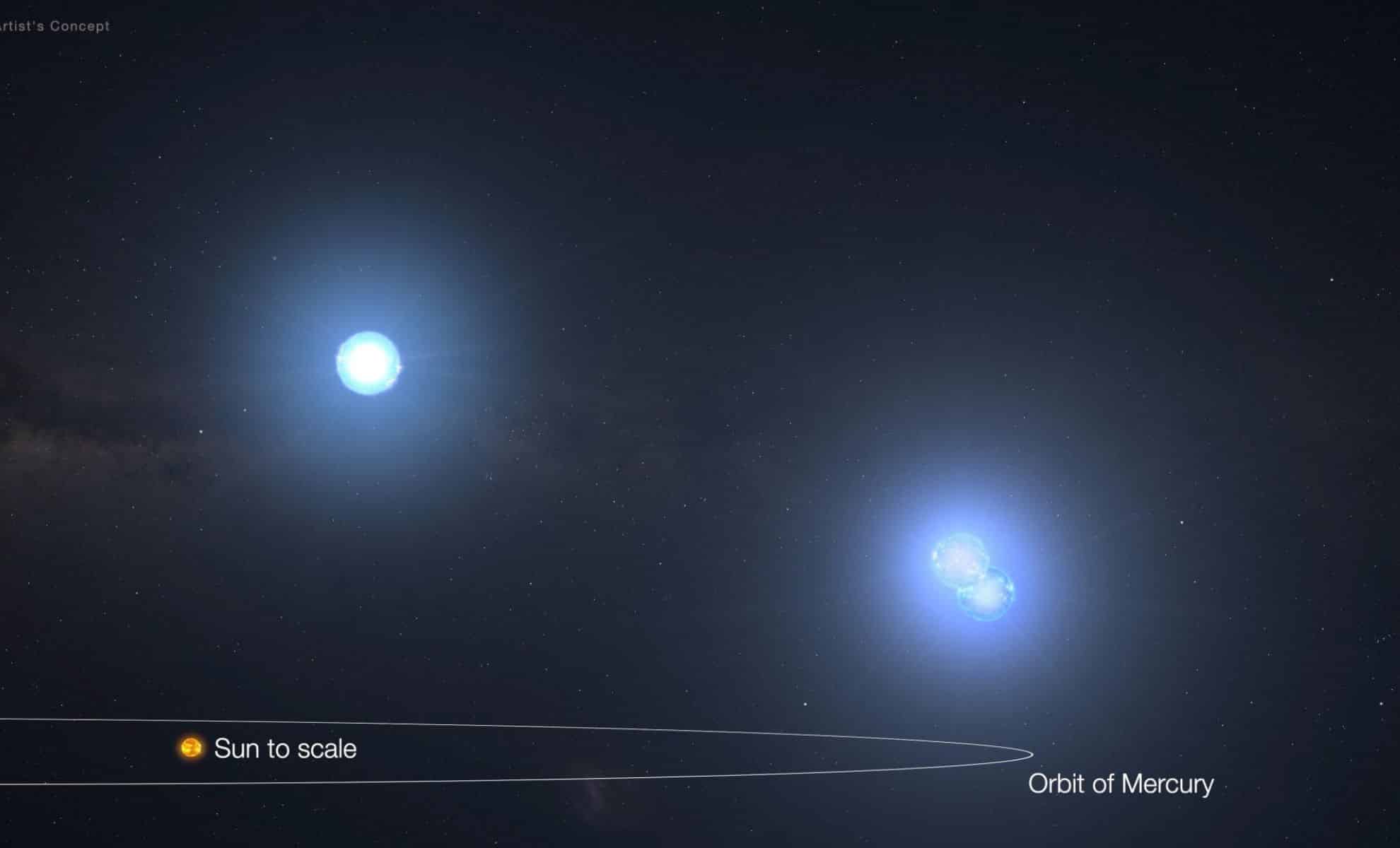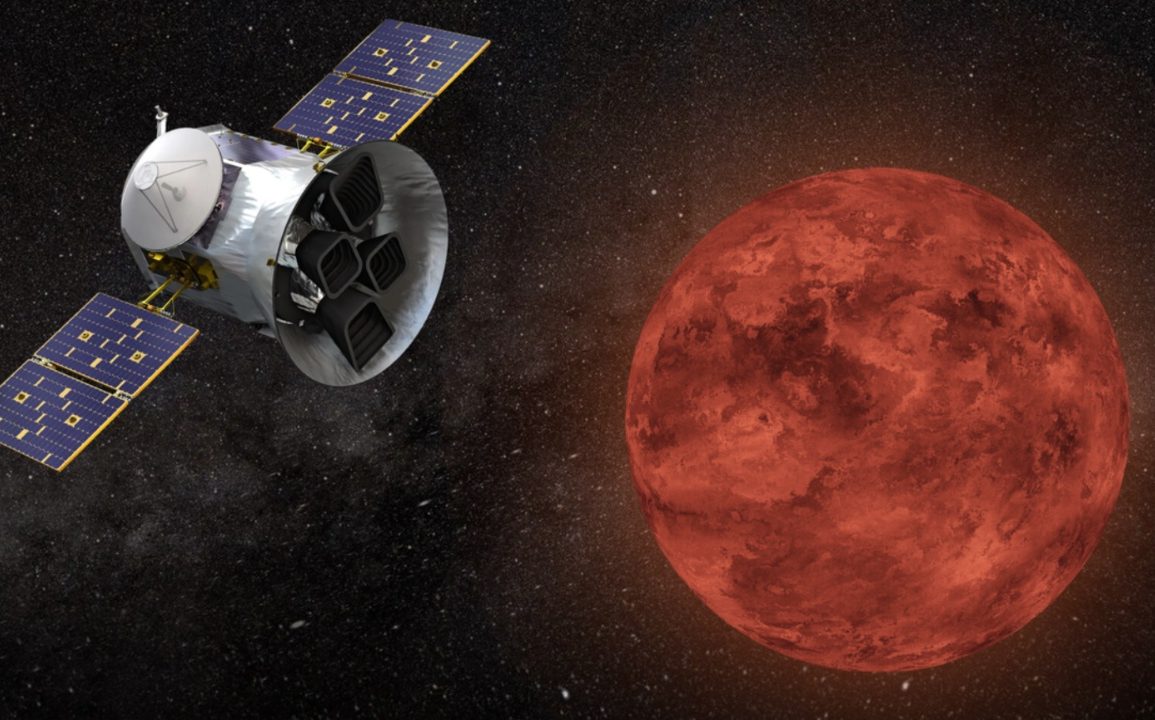NASA’s Transiting Exoplanet Survey Satellite (TESS) has made a significant discovery: a triple-star system, TIC 290061484, located nearly 5,000 light-years away in the constellation Cygnus. What makes this system extraordinary is its compact nature.
Two of the stars orbit each other every 1.8 Earth days, while a third star orbits the pair every 25 days. This tight configuration could fit between the Sun and Mercury, making it the most compact triple-star system ever observed, surpassing the previous record held by Lamba Tauri, discovered in 1956.
The discovery was a collaborative effort between professional astronomers and citizen scientists, working together under the Visual Survey Group. This group, originally part of the now-closed Planet Hunters project, has continued to analyze data from TESS, helping to identify rare stellar systems.
Thanks to the system’s compact and edge-on orientation, researchers can measure various characteristics of the stars, including their orbits, masses, and temperatures. This wealth of information allows astronomers to investigate the system’s formation and predict its future.

Despite its current stability, TIC 290061484’s stability is not permanent. The stars orbit each other in nearly the same plane, which keeps their gravitational forces in balance for now. However, in a few million years, this stability will begin to break down.
The twin stars at the heart of the system will eventually expand and merge, triggering a massive supernova explosion in 20 to 40 million years. This event, however, is not expected to threaten any potential planets since none are close enough to support life as we know it.
The discovery was made through careful analysis of strobing light patterns, caused by the stars eclipsing one another as seen from Earth. The team relied on machine learning to analyze vast amounts of data from TESS and identify these eclipses.
Citizen scientists helped refine this data, further filtering it to detect interesting signals. The researchers believe that many more multi-star systems could exist in the Milky Way, potentially even closer and more compact than TIC 290061484, but current technology may not yet be advanced enough to detect them all.
Excitement surrounds the upcoming Nancy Grace Roman Space Telescope, scheduled for launch in 2027. This advanced telescope will offer a much higher resolution than TESS, allowing scientists to focus on smaller regions of space with incredible detail.
While TESS provides a broad view of the universe, Roman’s detailed imagery will focus on star-dense regions, such as the center of the Milky Way. By examining these areas, astronomers hope to gain a deeper understanding of the nature of star systems in our galaxy.
In addition to identifying more compact star systems, Roman may provide a window into new types of celestial arrangements. The telescope could detect star systems with even shorter orbital periods than those observed in TIC 290061484, and it may even discover systems containing more than three stars.
Such findings could greatly expand our knowledge of the diversity and complexity of stellar systems, potentially challenging existing theories about their formation and evolution.

